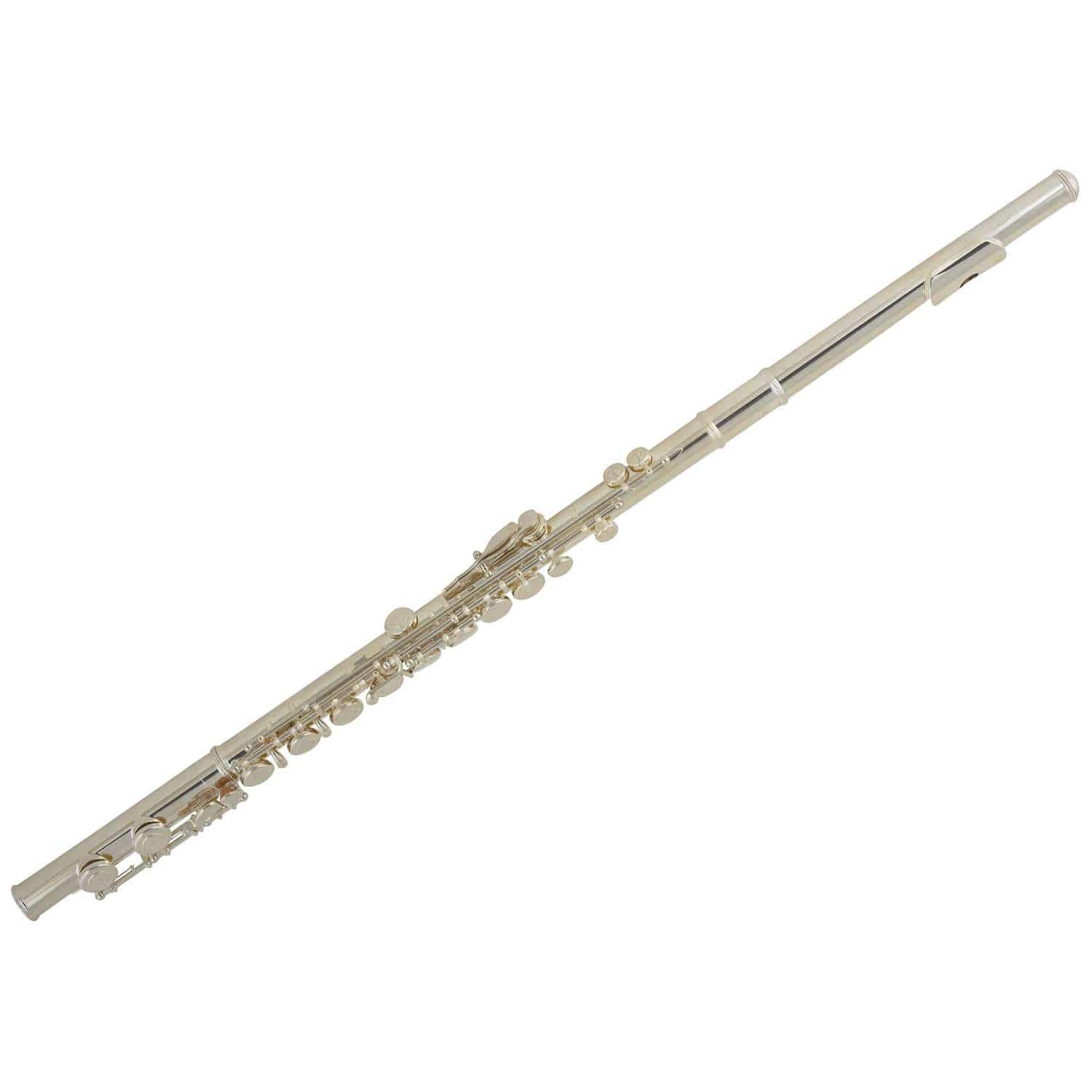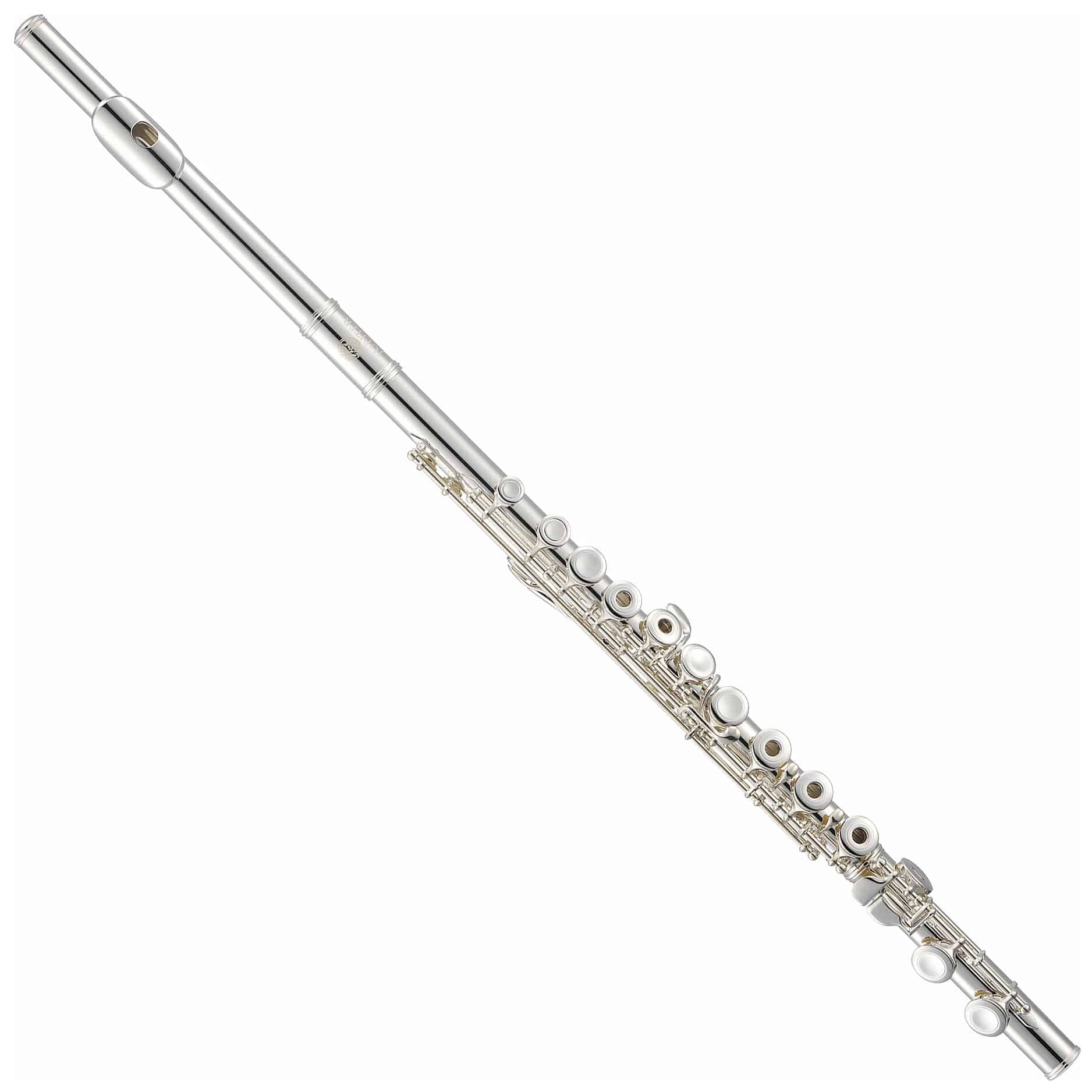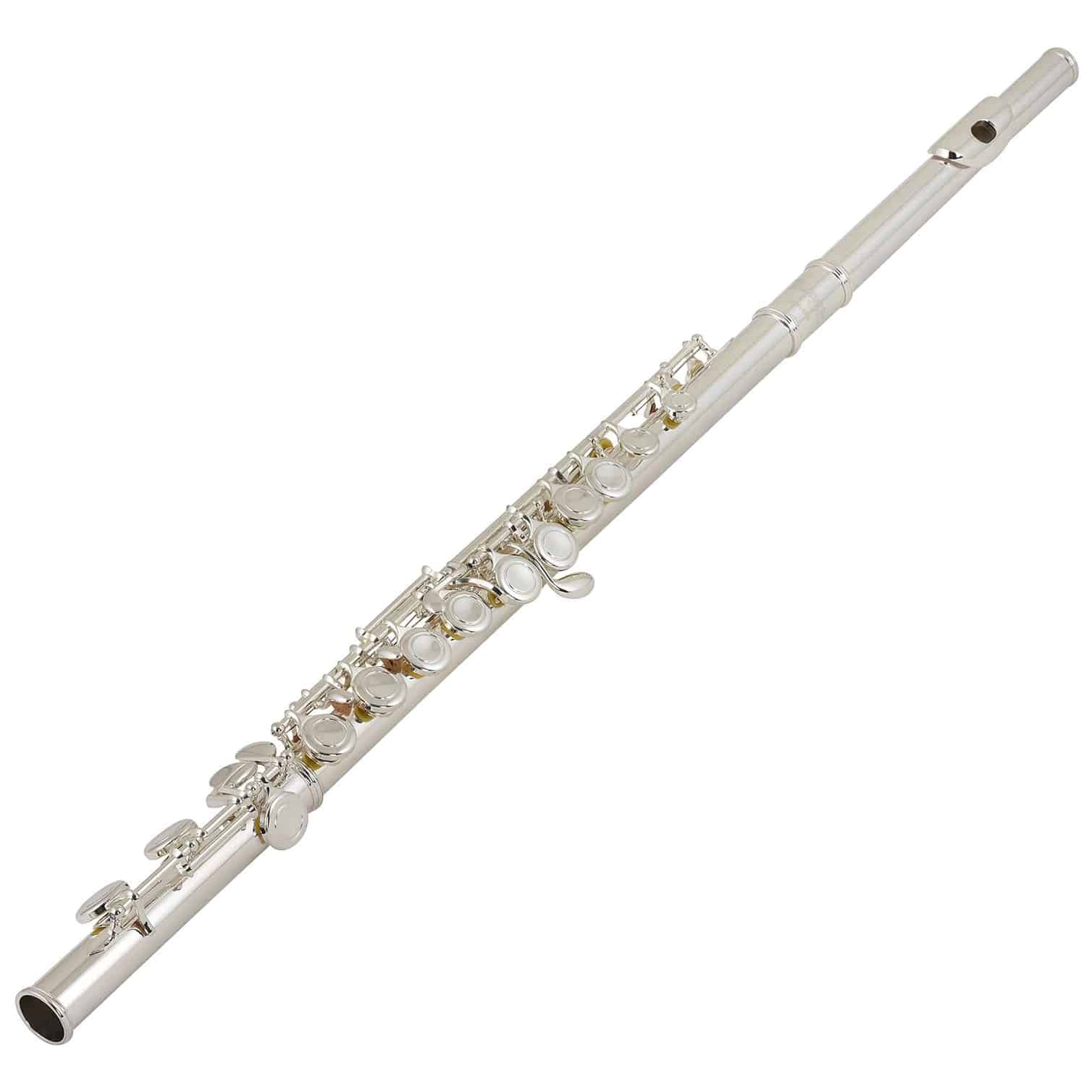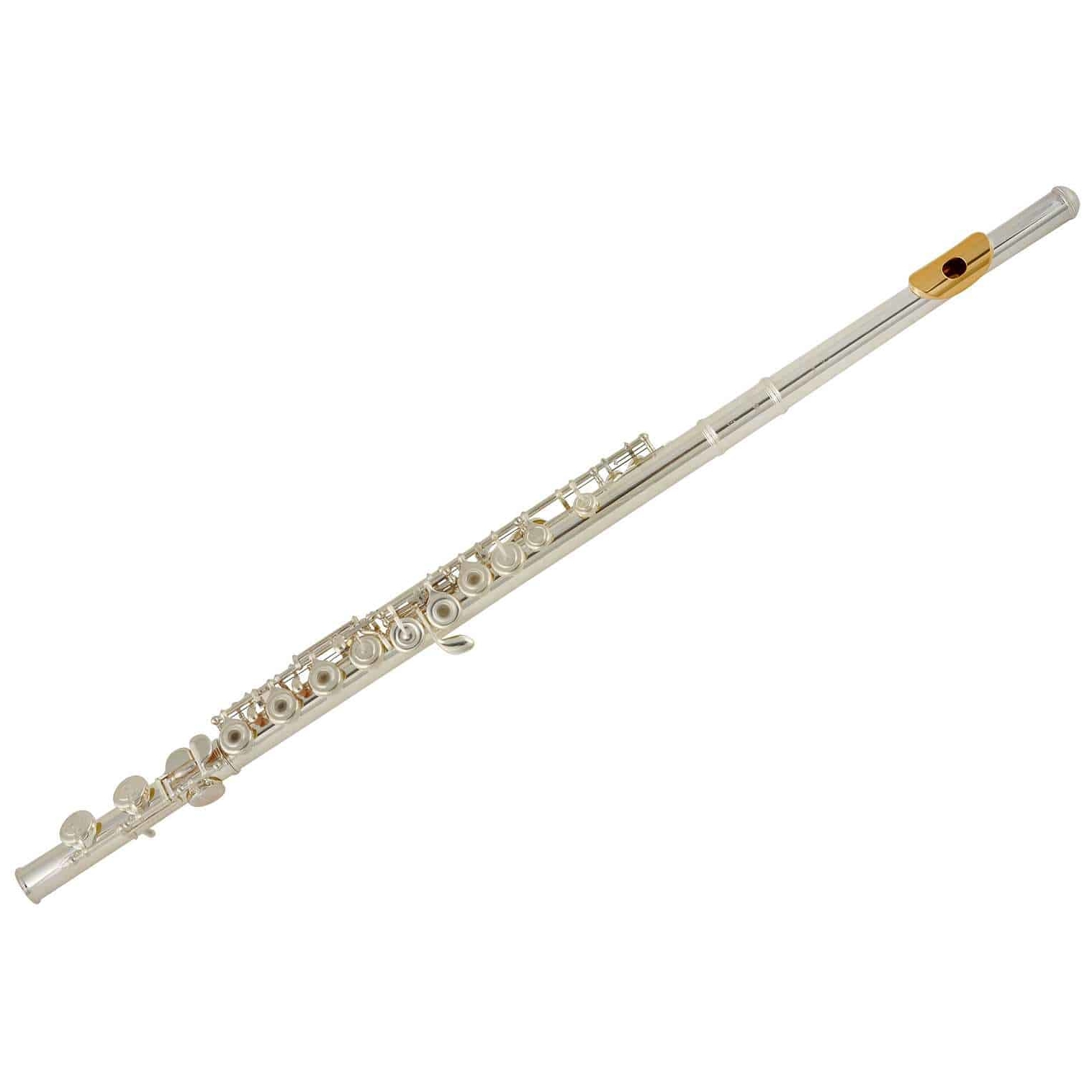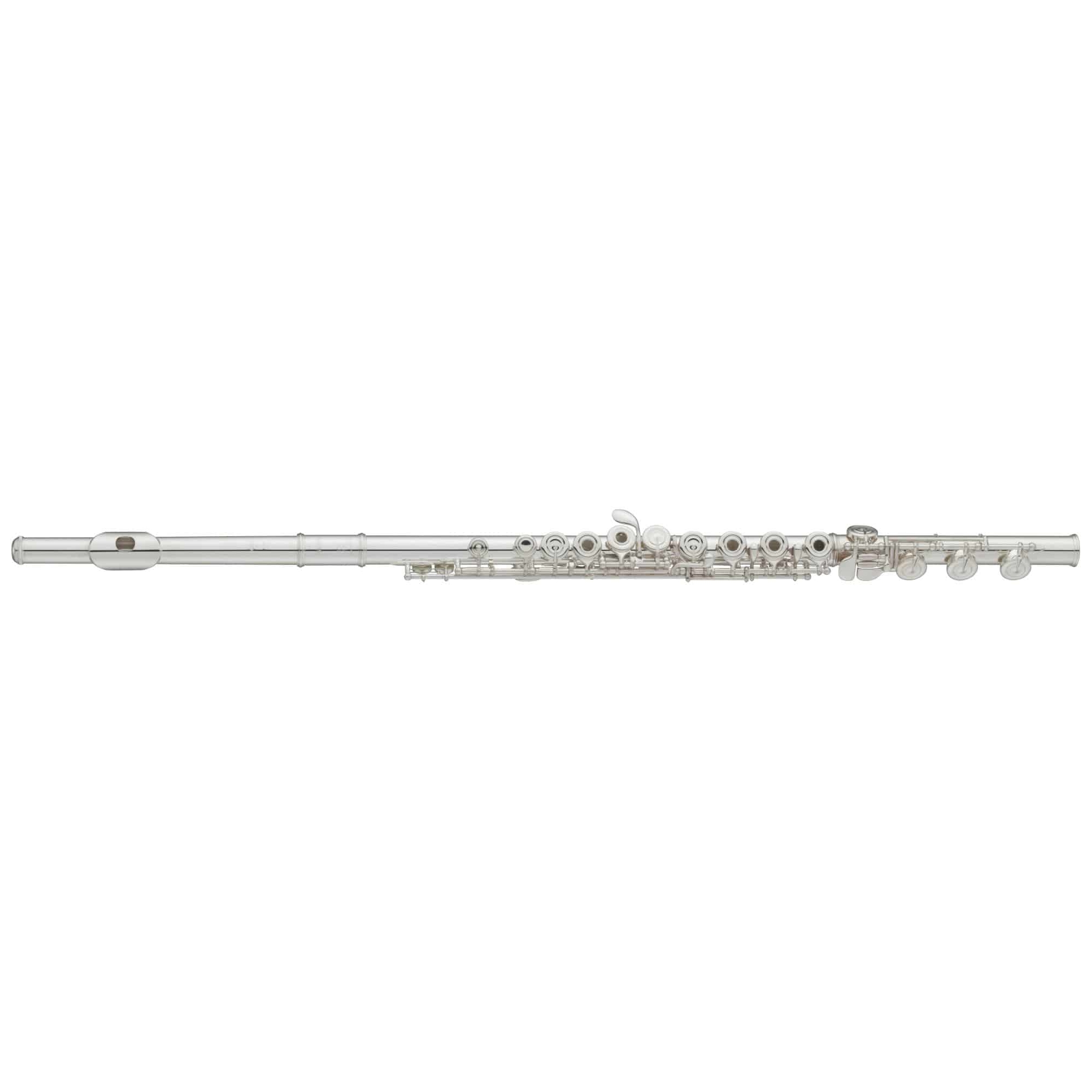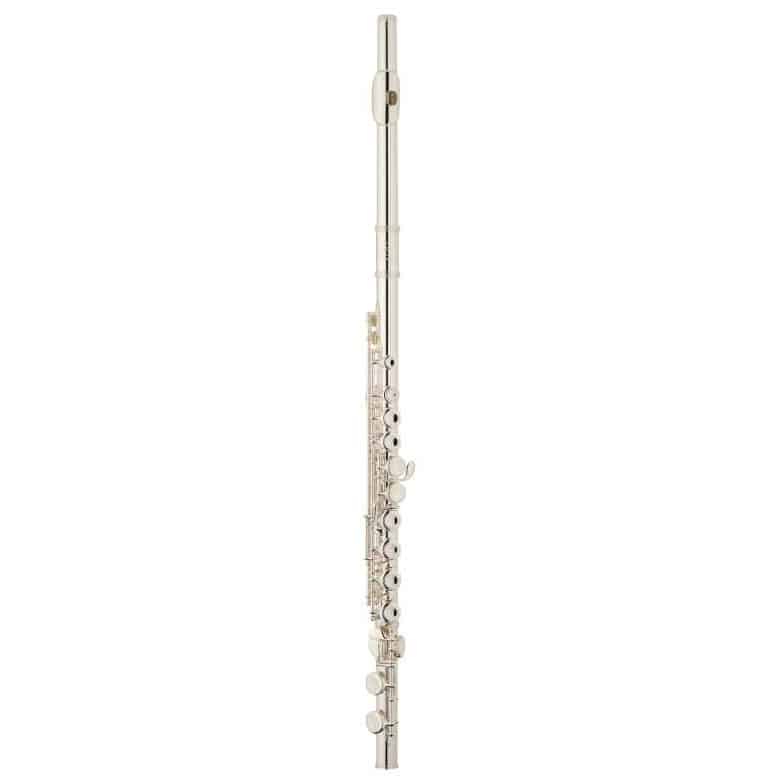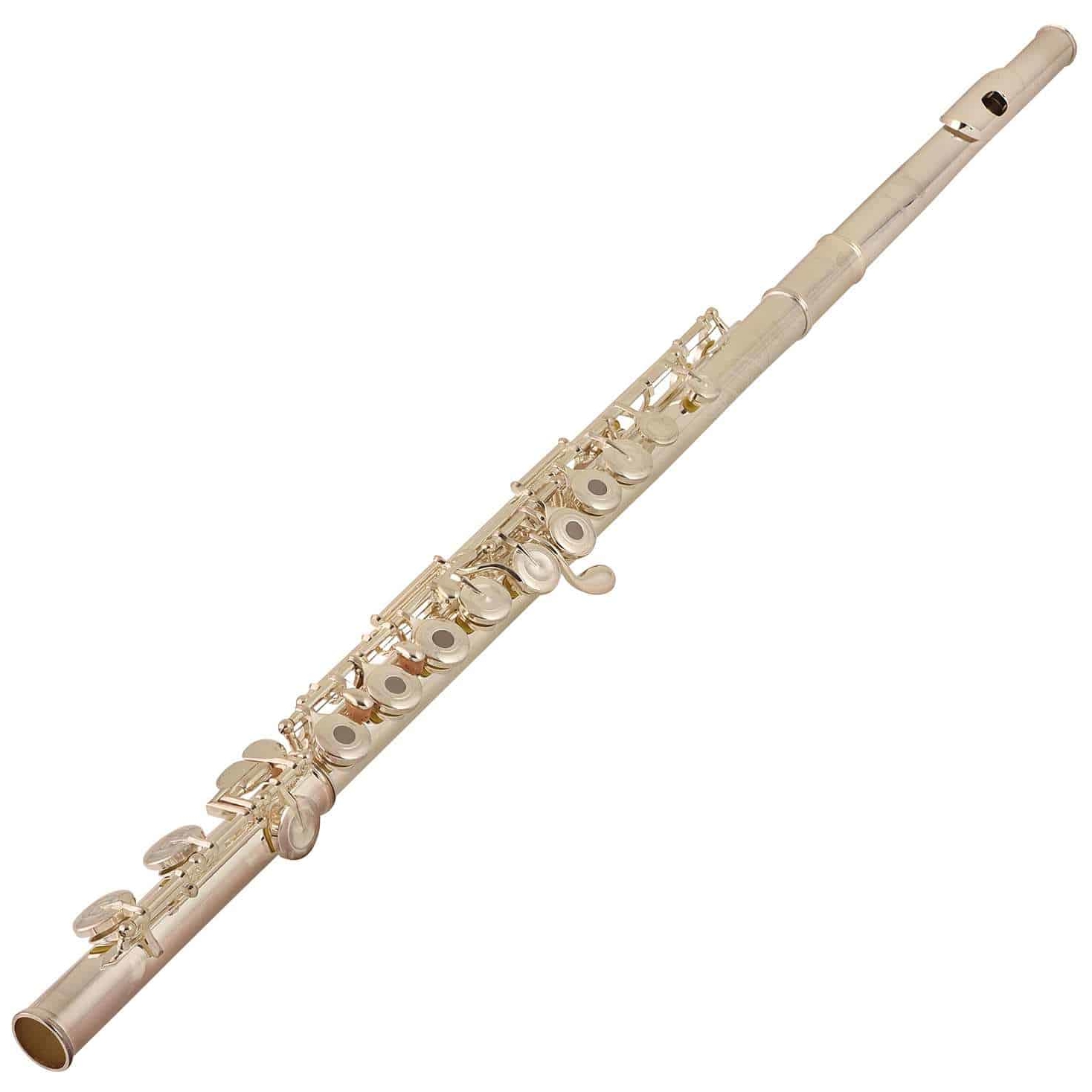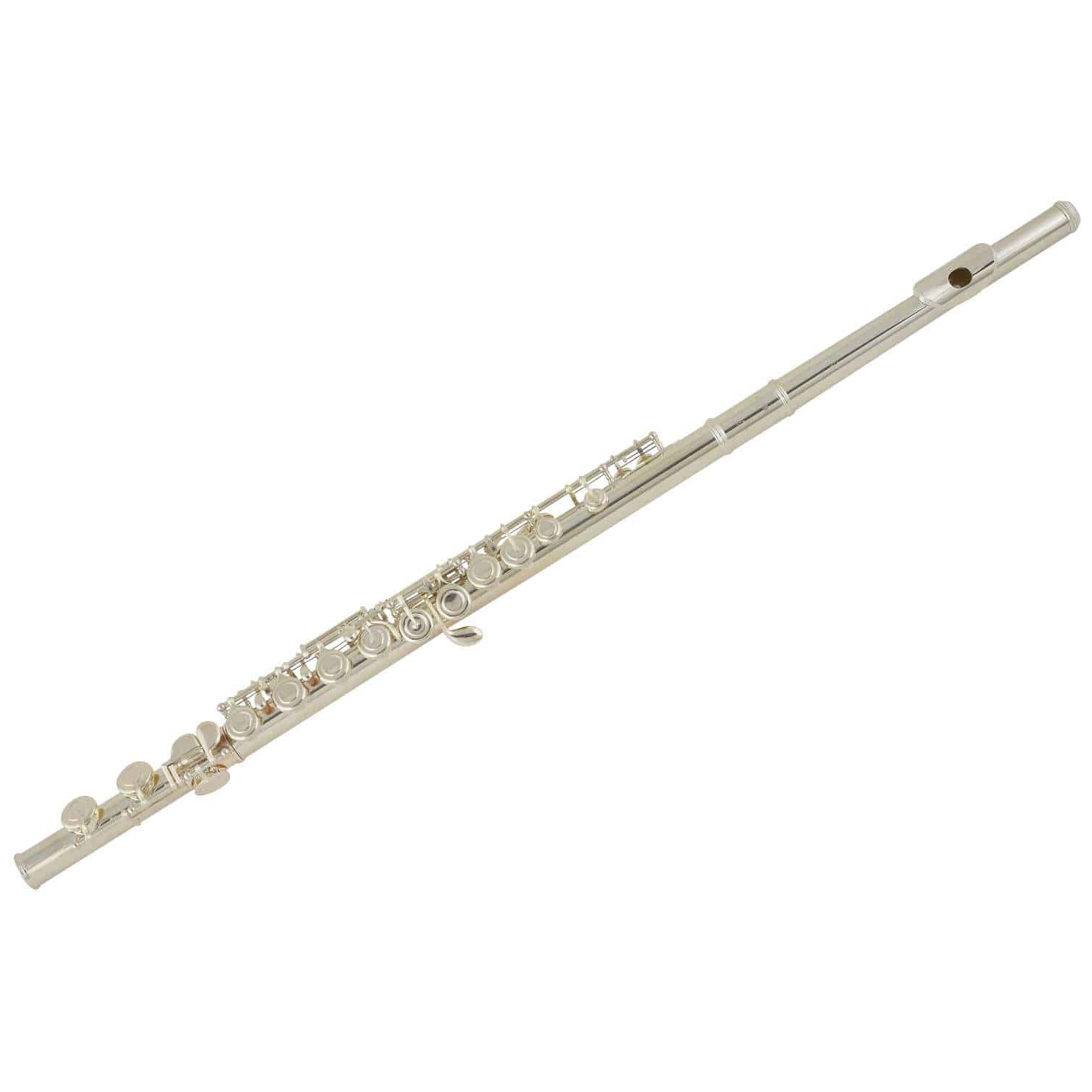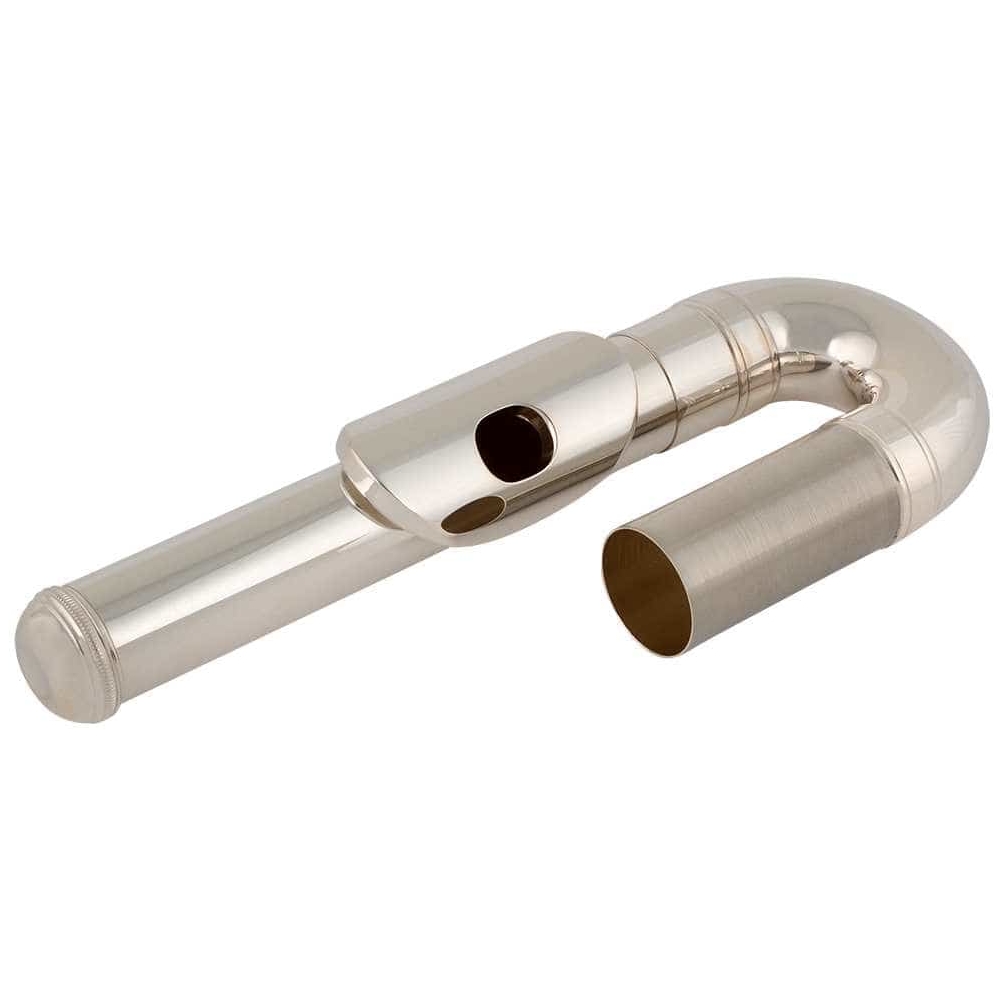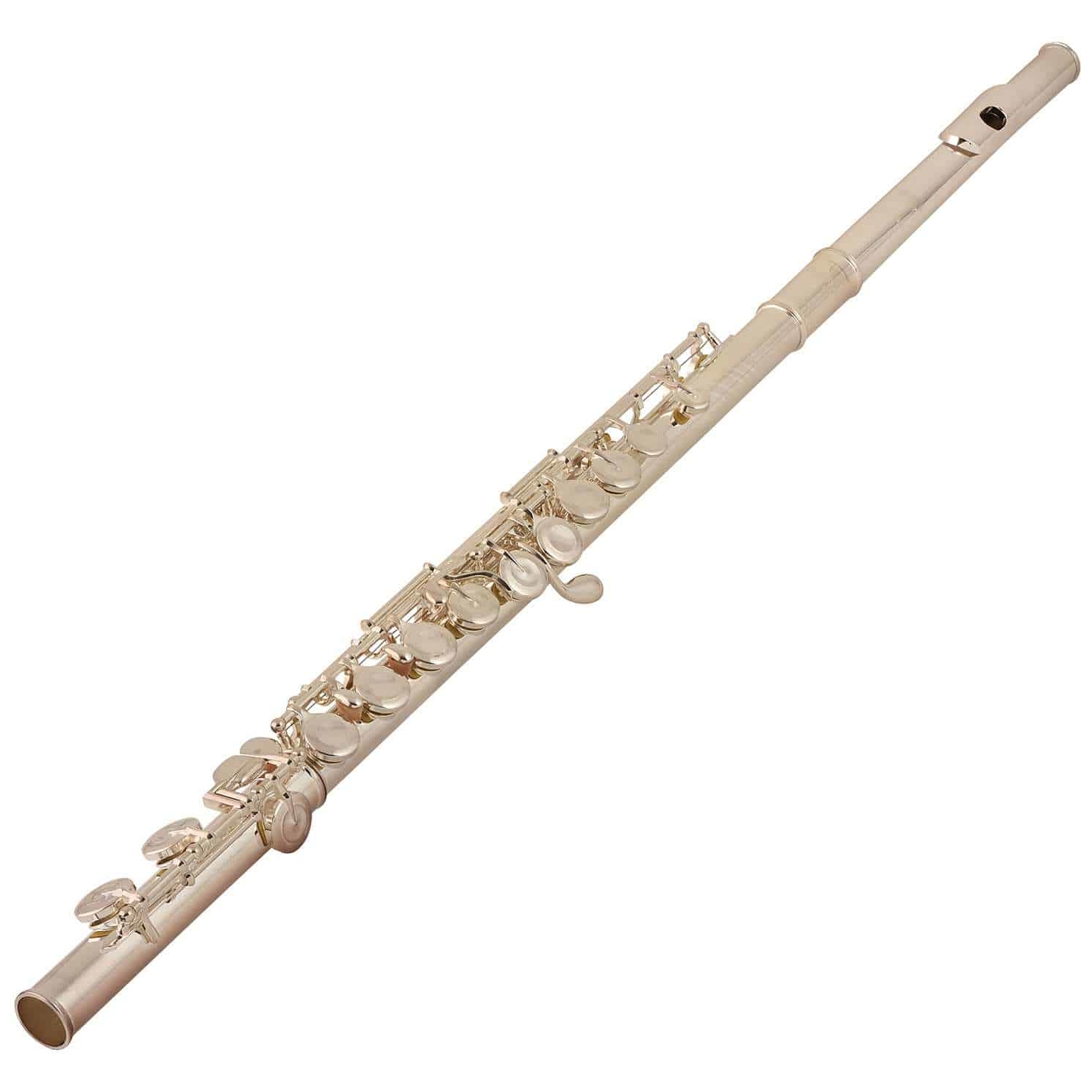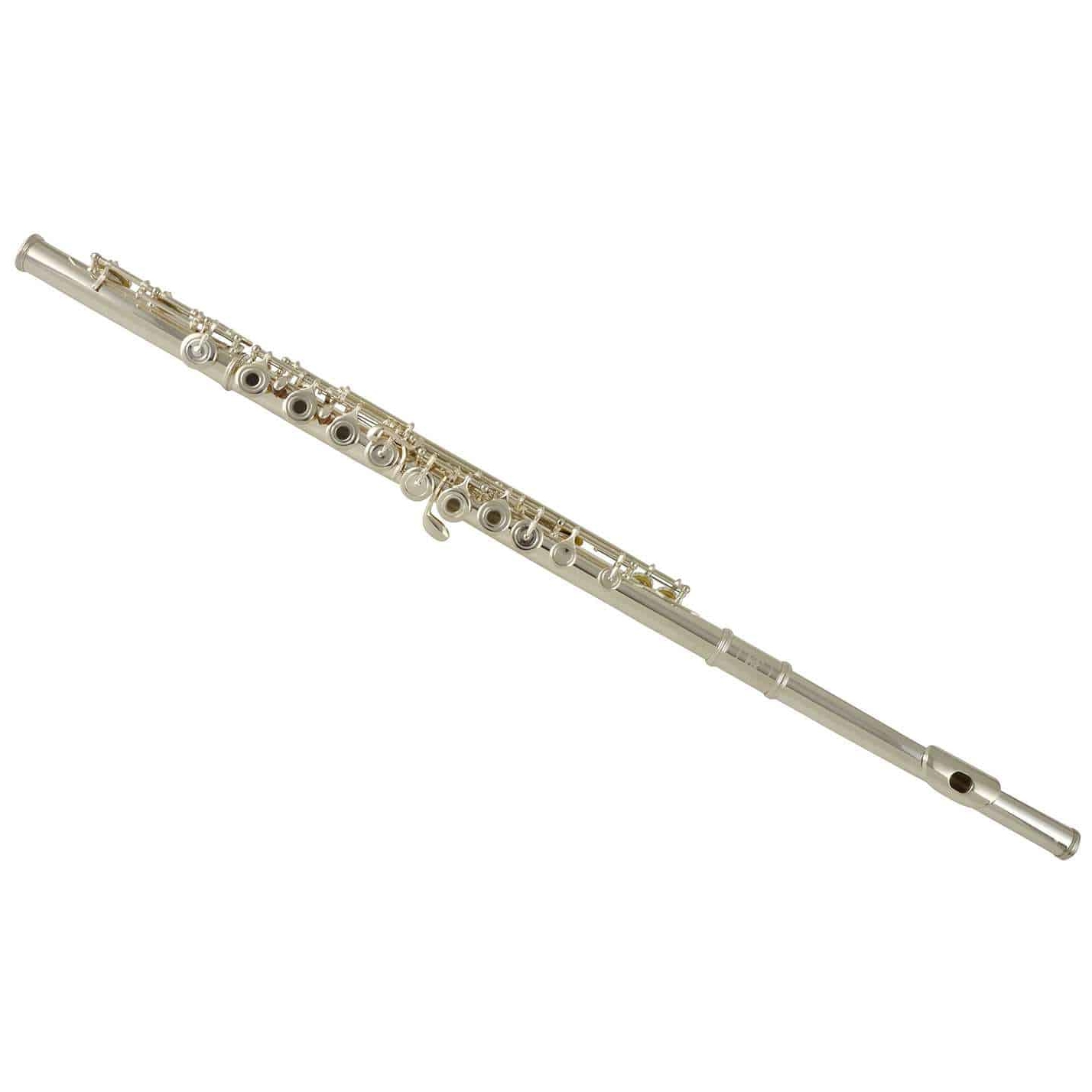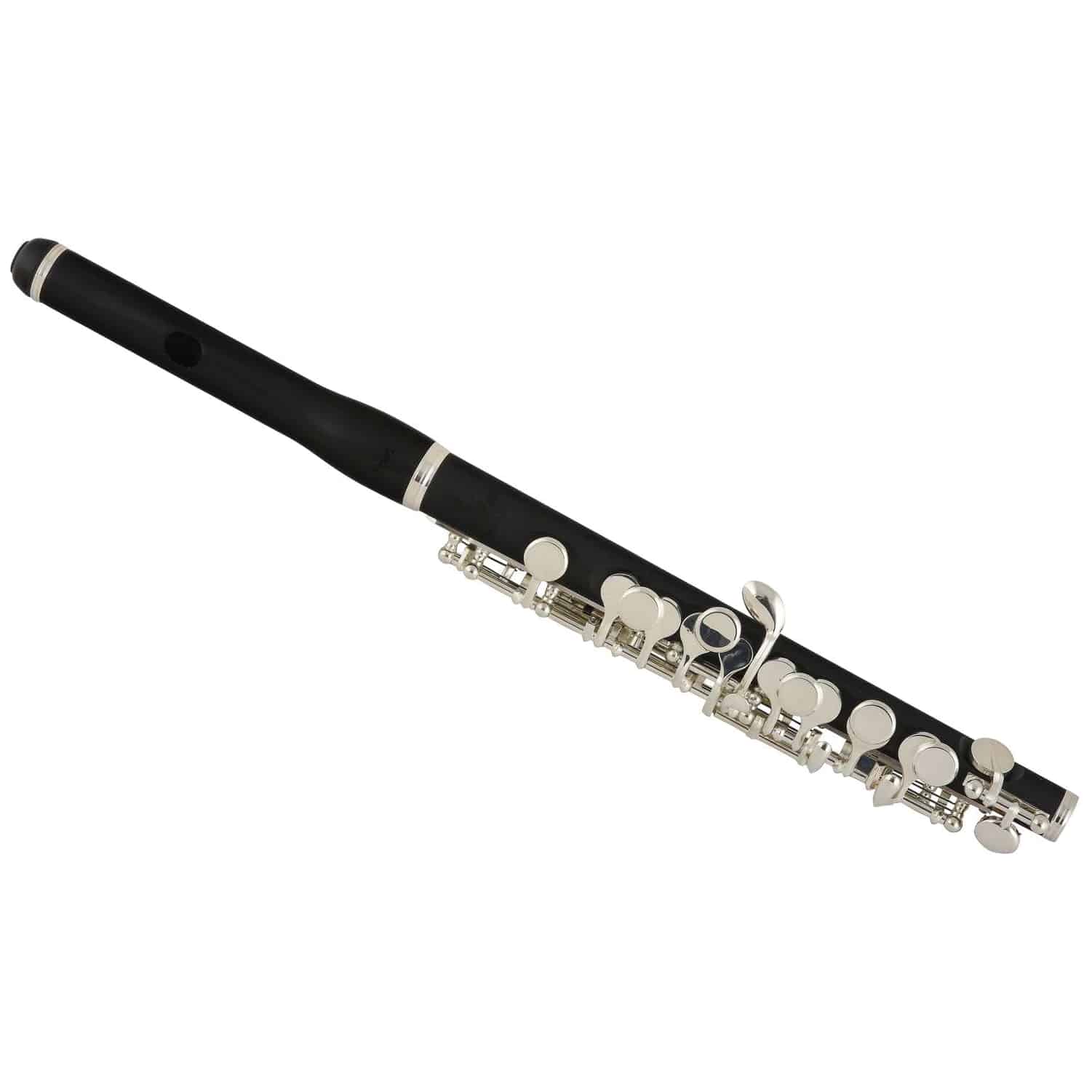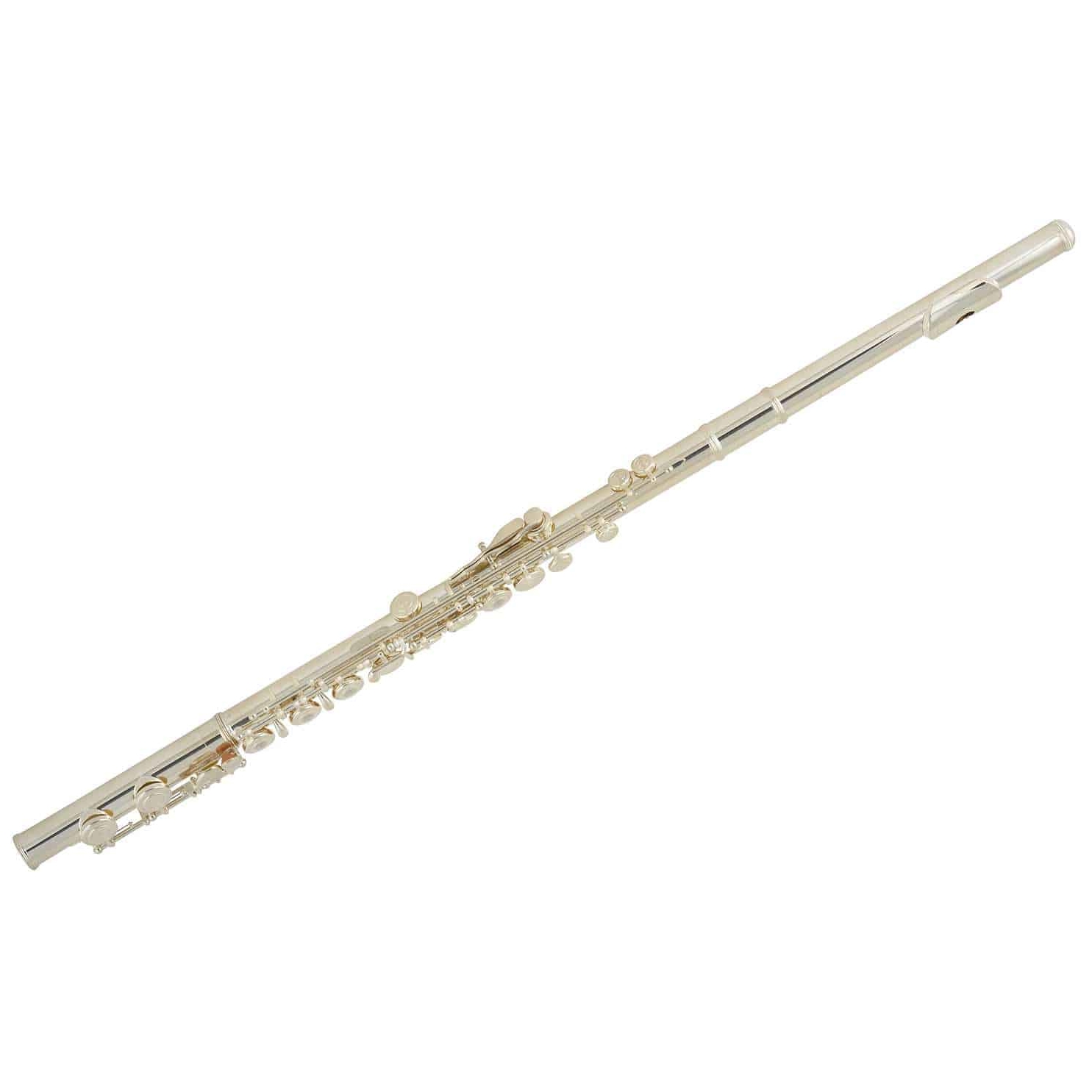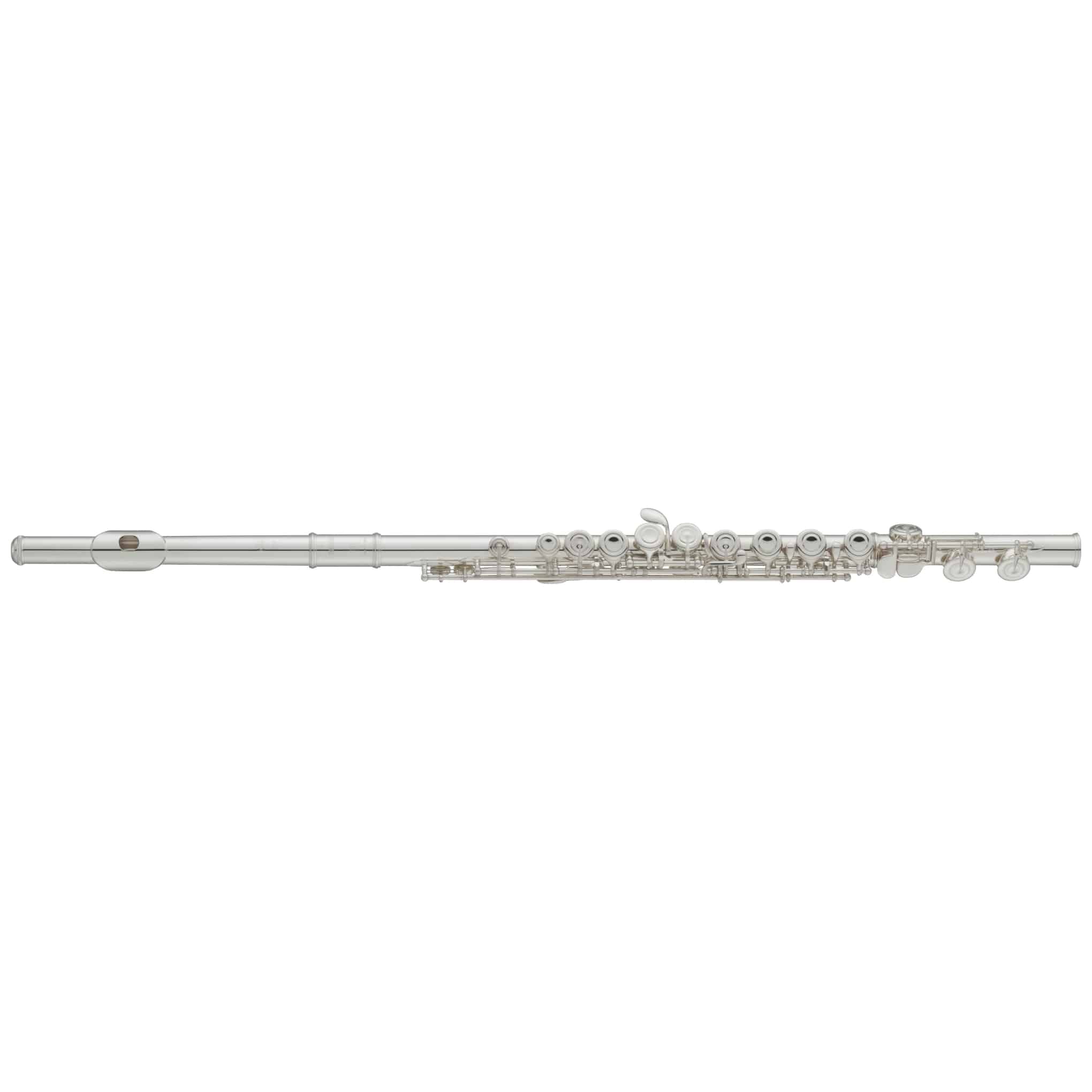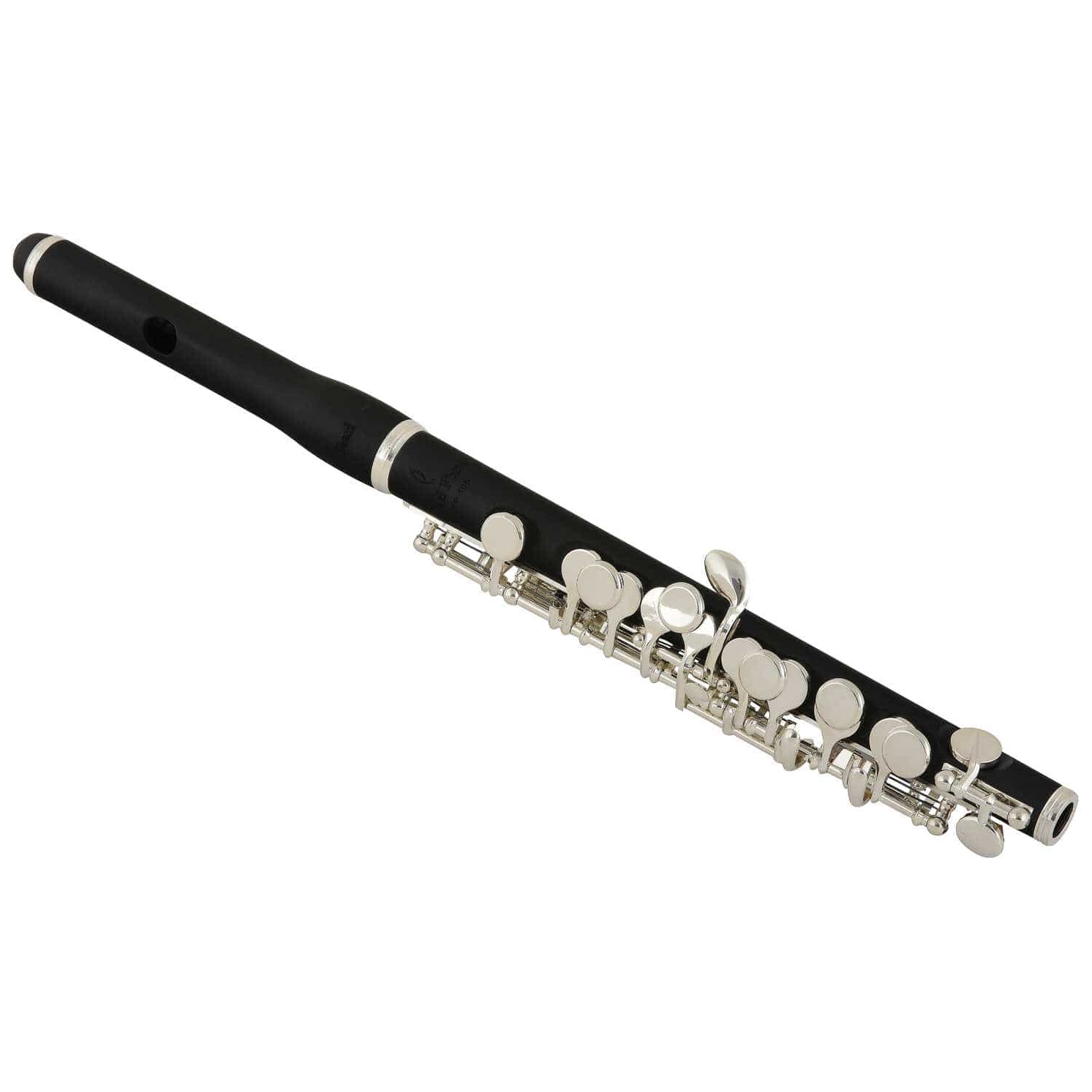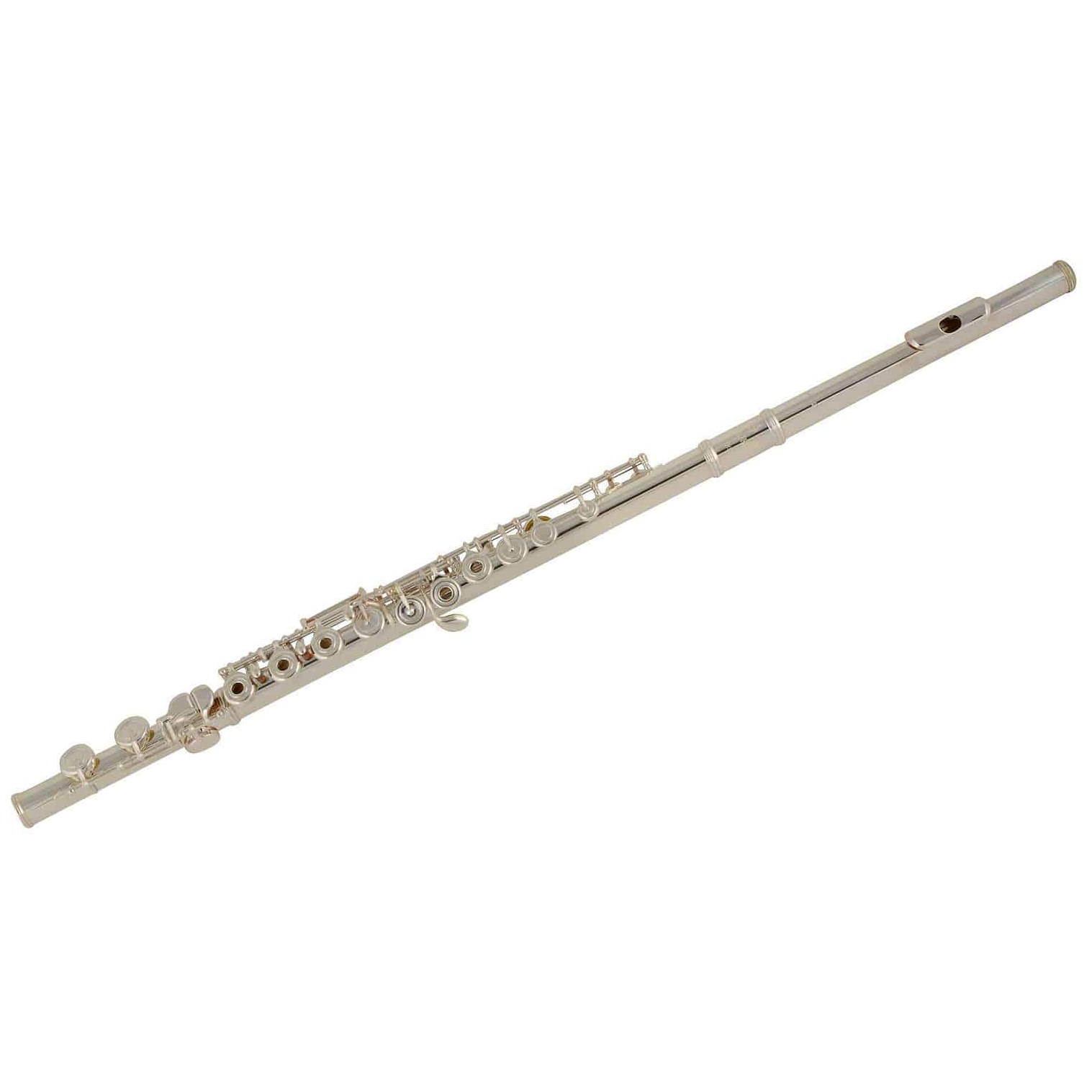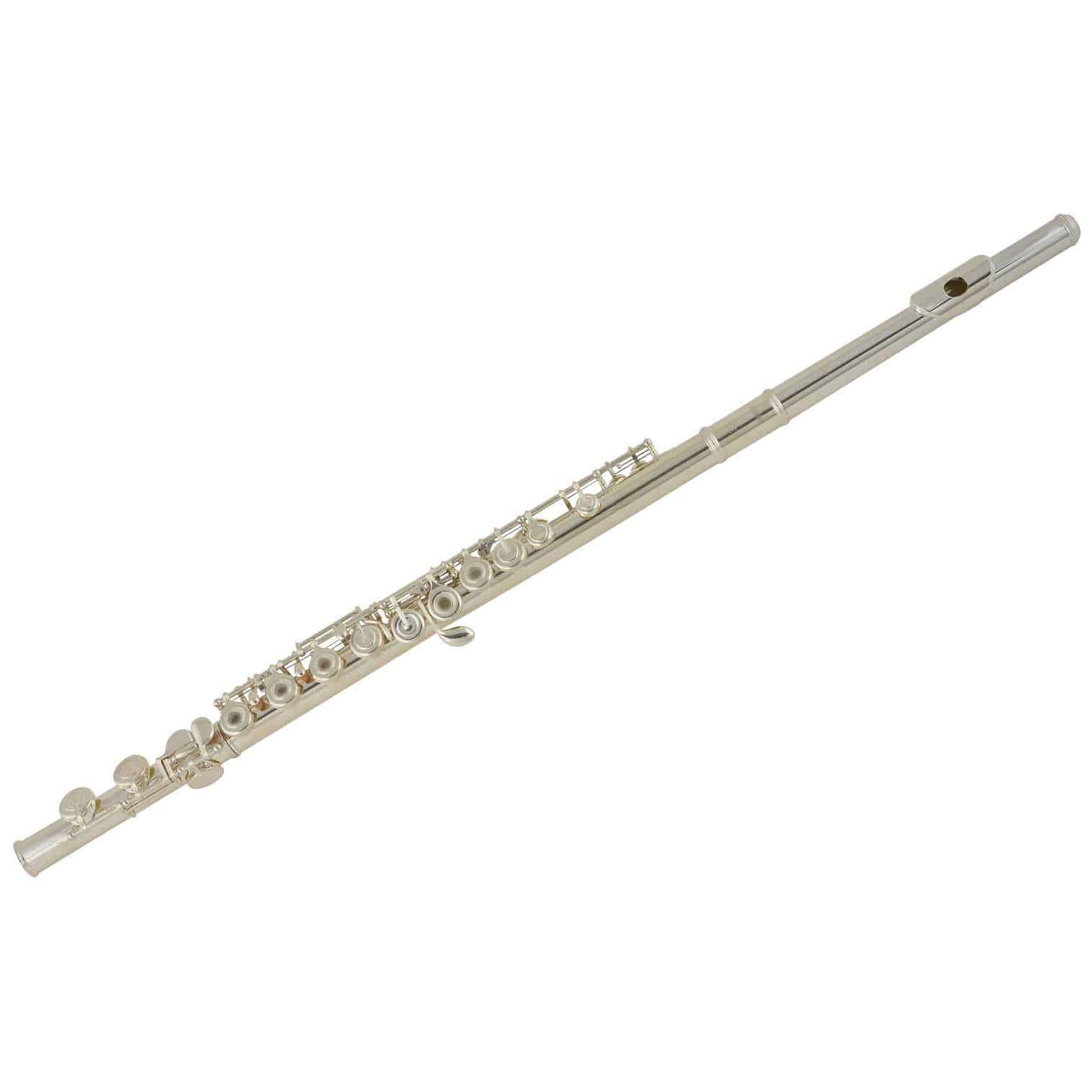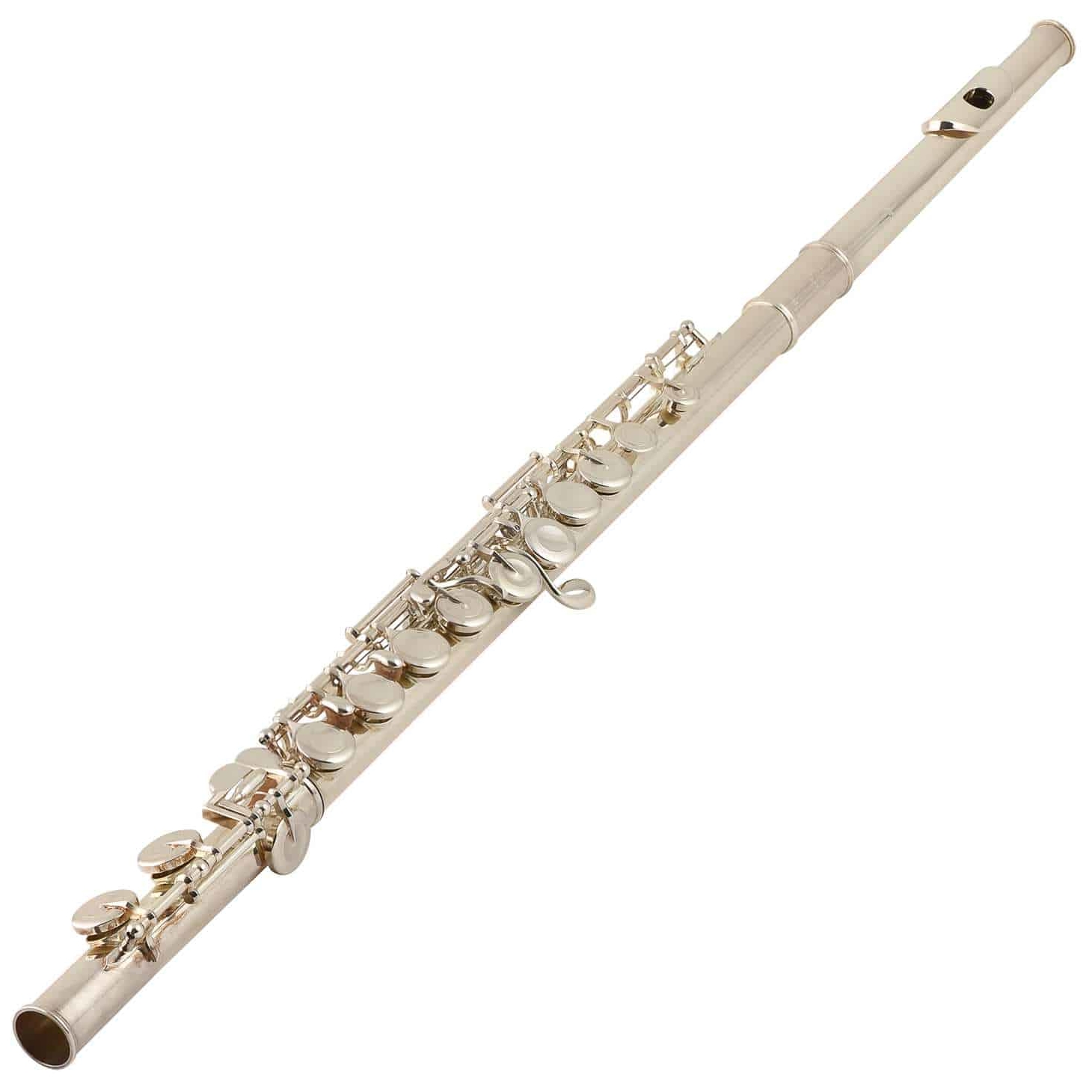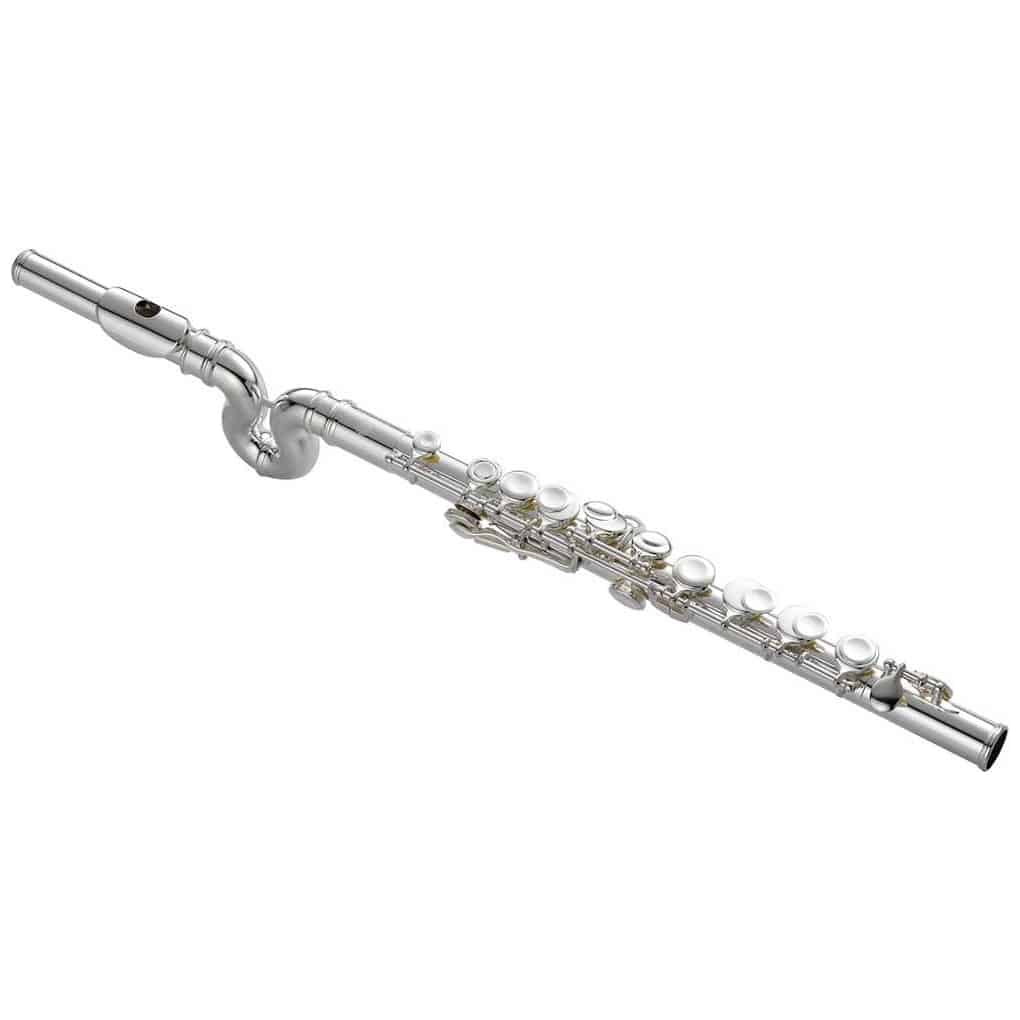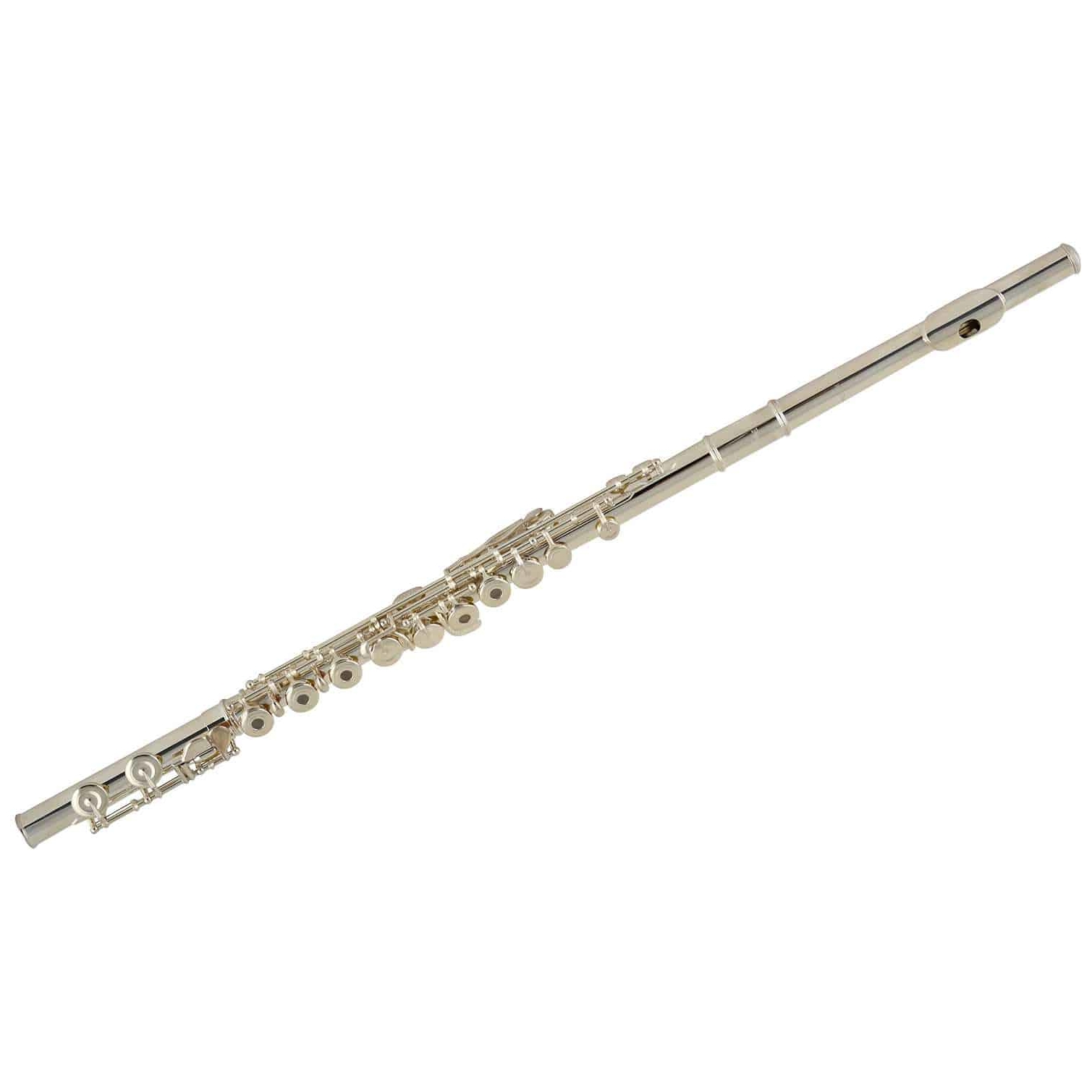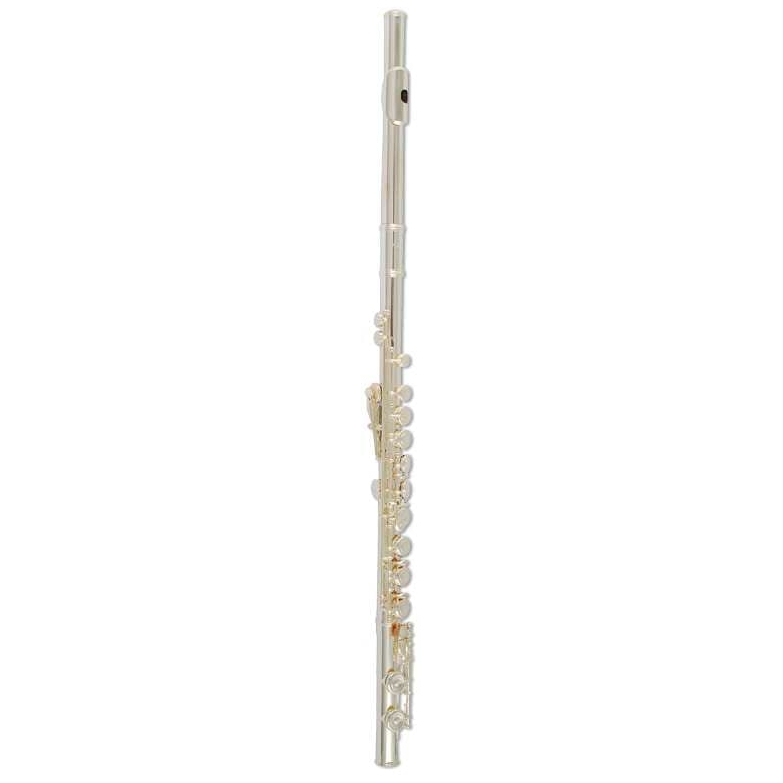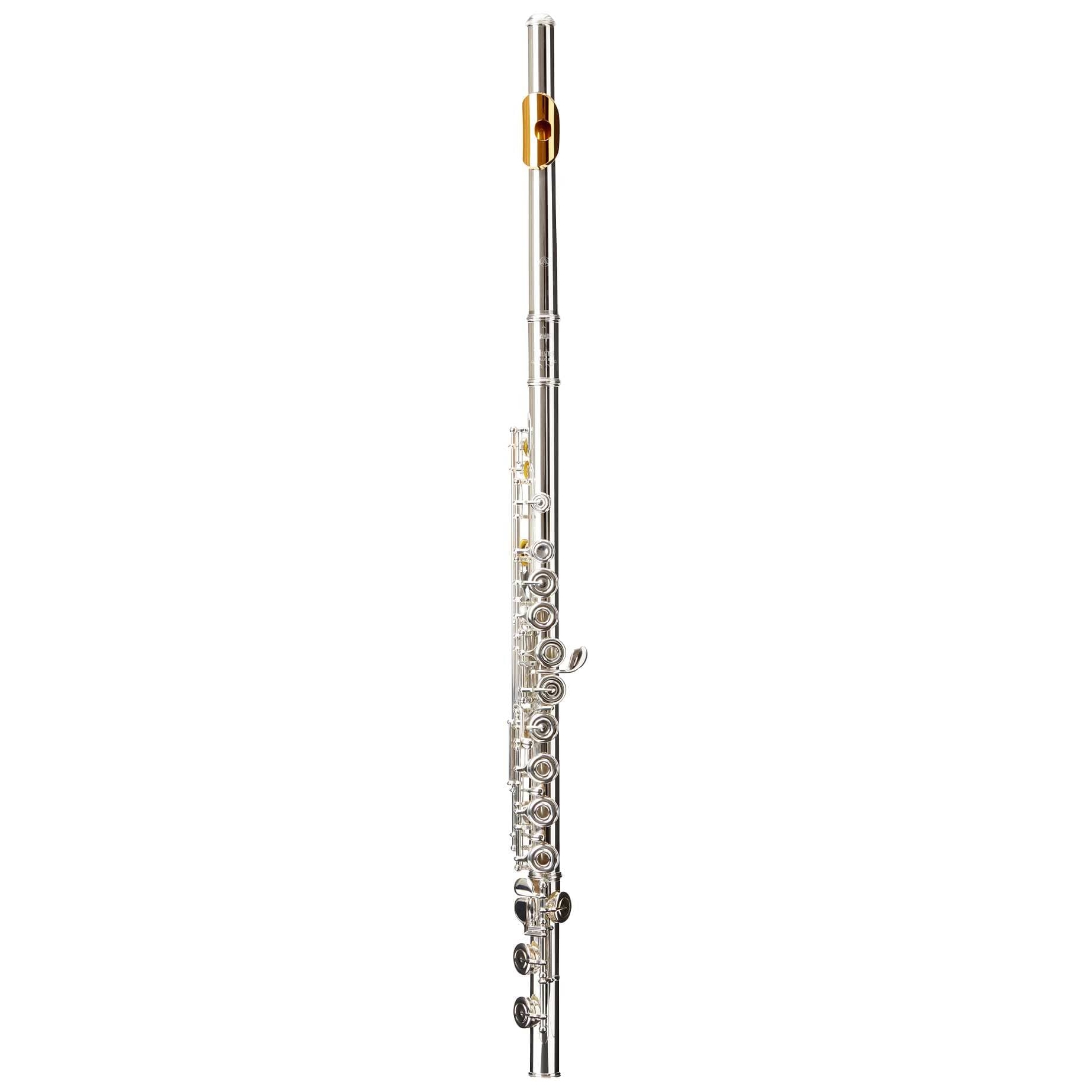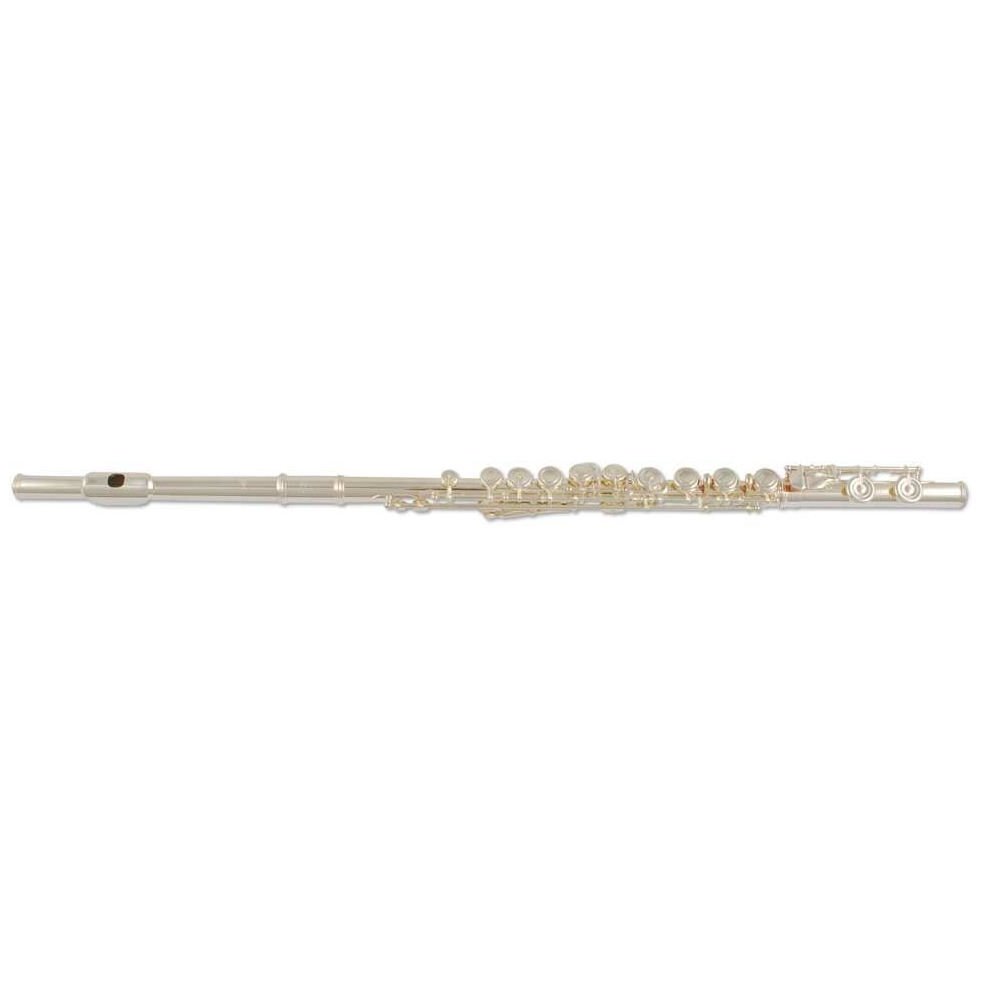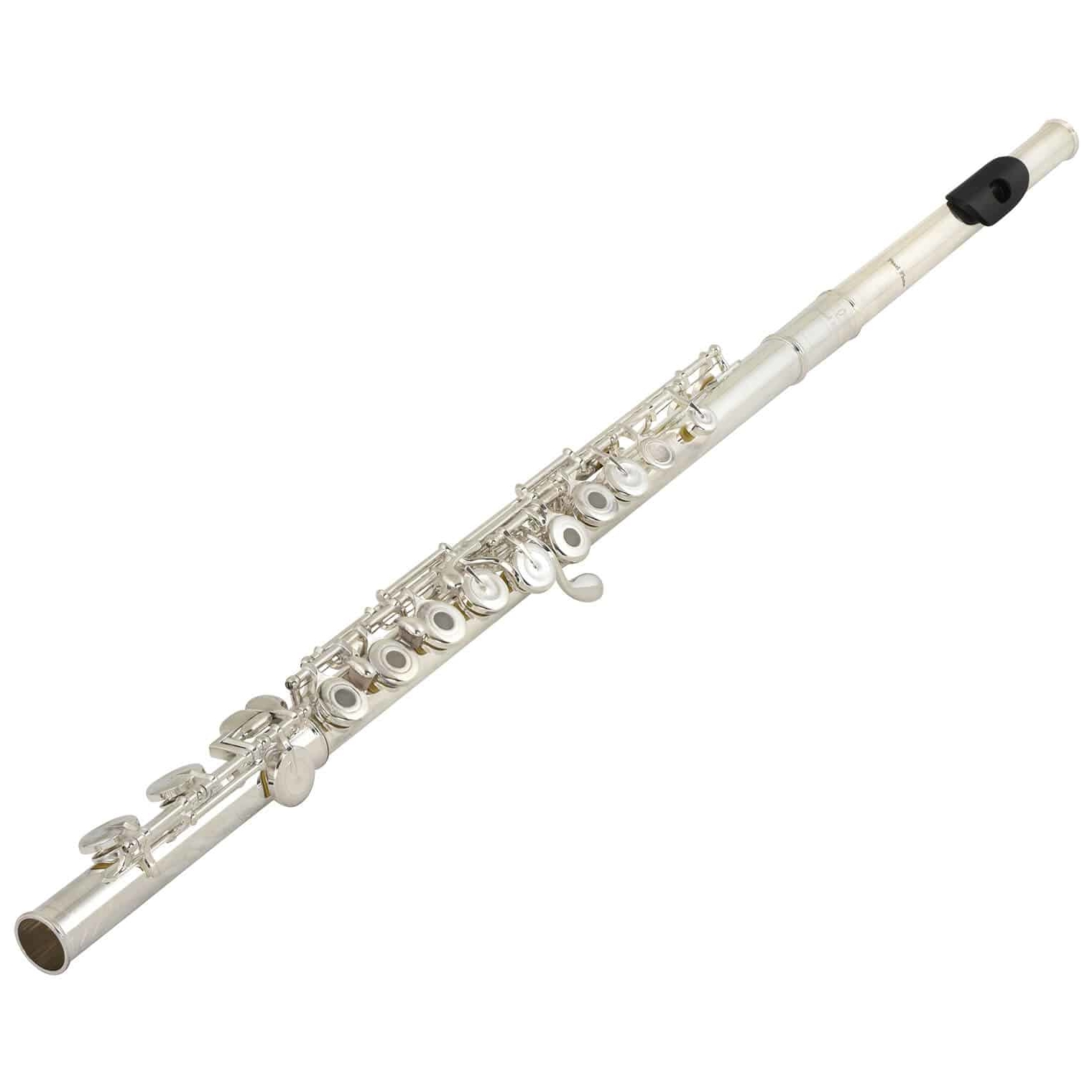Closed Hole Transverse Flutes
Anzahl 0
Open Hole Transverse Flutes
Anzahl 0
Piccolos
Anzahl 0
Flute Head Joints
Anzahl 0
Large selection
From pick to amp, from stick to kit: we are your one-stop shop for everything you need!
Buy transverse flutes at seesion
Preforms of the transverse flute still exist in Asia and Africa today. It only appeared in Europe at the end of the 17th century. She gradually replaced the recorder . Their advantage was the much larger pitch range . The terms “Flauto dolce” for the recorder and “ Fauto traverso ” for the transverse flute also come from this time. The first transverse flutes only had a few finger holes. The players sometimes had to make do with adventurous grip combinations and many forked grips. This certainly made it more difficult to play with sound. Two men played a major role in the development of the transverse flute and made a significant contribution to the development of today's flute design , especially the mechanics. JJ Quantz , the flute teacher Frederick the Great and Theobald Böhm made modern flute playing possible with their developments in fingering systems and key mechanisms.
The different versions and the sound production of the transverse flute
Transverse flutes are also available in different sizes. Piccolo flutes and soprano flutes are mostly used in orchestras, while alto flutes are sometimes used in more modern orchestral literature. Alto flute to sub-contrabass flute are more likely to be found in flute ensembles.
Transverse flutes are built in three parts. The connection between the head, middle piece and foot joint is made by smooth metal pins. The sound generation is similar to that of the recorder. The player's lips take over the function of the wind tunnel. They guide the airflow to the edge of the mouth hole, where it is refracted. The resulting vibrations are absorbed by the air column in the body of the transverse flute. By shortening or lengthening the air column, placing or lifting the fingers on the keys of the tune holes, the pitch is varied. The mechanics developed by Theobald Böhm made many complicated grip combinations unnecessary. These are taken over by various flap combinations and flap couplings. This makes it much easier to play with a perfect tone.
Flutes Made in Japan
The most important flute manufacturers today can all be found in the Far East, predominantly in Japan and Taiwan . These are Yamaha , Jupiter , Pearl , Azumi and Altus . The ranges sometimes differ greatly. A few smaller flute makers have established themselves in Europe and the USA.
Today, flutes are predominantly made of metal . Materials and materials used are nickel silver , silver , sterling silver , Britannia silver , yellow gold in various purity levels, white gold , and platinum . All of these materials can also be used in various combinations. A very common combination is a silver head with a nickel silver body, or a silver body with a nickel silver mechanism. The material used always influences the sound of the instrument.
Piccolos are often made of plastic, wood or nickel silver. Material combinations such as nickel silver head and plastic body are also possible here.
Soprano flutes are offered in wood by very few manufacturers and are only built as individual pieces.
Also on the market are flutes whose design has been modified in such a way that they enable children to learn the transverse flute at an early age. For this purpose, various companies changed the body shape without shortening the tube. This shifts the center of gravity and the position of the fingers/hands more towards the body, making it possible to play and practice comfortably. The YFL 212 transverse flute from YAMAHA is particularly interesting here.
 Trusted Shops: 4.84/5,00 (10085)
Trusted Shops: 4.84/5,00 (10085)


